Jet Lag is Optional! (The Science-Backed Recovery Plan That Actually Works)
Picture this: you step off a long-haul flight to Tokyo feeling refreshed, alert, and ready to explore instead of stumbling through the next week in a foggy haze of exhaustion. Sound impossible? It’s not. While most travelers accept jet lag as an inevitable part of international travel, cutting-edge research reveals that with the right strategies, you can virtually eliminate this miserable experience.
The key lies in understanding that jet lag isn’t just about feeling tired after a flight – it’s a complex disruption of your circadian rhythms that affects sleep architecture, metabolism, cardiovascular function, and even neurological processes. But here’s the good news: scientists have cracked the code on how our internal clocks work, and they’ve developed evidence-based jet lag remedies that can reduce recovery time from weeks to just a few days, or eliminate symptoms entirely.
This isn’t about willpower or expensive supplements – it’s about working with your biology rather than against it. The most effective jet lag prevention strategies are surprisingly simple, but they require understanding the science behind circadian rhythm disruption and applying proven techniques with precise timing. When you master these methods, international travel transforms from an endurance test into genuine adventure.
The Hidden Science Behind Jet Lag Misery
Your body operates on a complex network of internal clocks that control everything from hormone production to body temperature fluctuations. These clocks work in coordination, much like the conductor of an orchestra, and when we rapidly cross time zones, we disrupt the routine of pacemaker cells and they struggle to synchronize to a new day-night rhythm.
The master clock, located in your brain’s suprachiasmatic nucleus, receives light signals through your eyes and coordinates peripheral clocks throughout your body. When you travel across multiple time zones, this system experiences what scientists call “circadian misalignment” – your internal clocks are telling your body it’s one time while your environment insists it’s another.
Jet Lag Disorder is a recognized circadian rhythm sleep disorder characterized by insomnia or excessive daytime sleepiness, along with general malaise and somatic symptoms associated with transmeridian jet travel. But the effects go far beyond tiredness. Research shows that severe jet lag can disrupt glucose metabolism, weaken immune function, and even affect cognitive performance for weeks after travel.
Understanding the difference between eastward and westward travel proves crucial for effective jet lag recovery. Research comparing eastward and westward flights confirms common experience that jet lag is worse after eastward than after westward travel. This happens because your natural circadian rhythm is slightly longer than 24 hours, making it easier to extend your day (westward travel) than to shorten it (eastward travel).
The Light Therapy Revolution
Light exposure represents the most powerful tool for resetting your circadian clock, but timing makes the difference between success and failure. Strategic light exposure based on travel direction, combined with proper timing of food intake, sleep, exercise, and melatonin, can all help combat jet lag.
For eastward travel, you need to advance your circadian clock by exposing yourself to bright light in the morning and avoiding light in the evening. This means seeking sunlight or bright artificial light as early as possible at your destination while wearing sunglasses or staying indoors during late afternoon and evening hours for the first few days.
Westward travel requires the opposite approach: delay your circadian clock by maximizing evening light exposure and minimizing morning light. This counterintuitive strategy helps your body adjust to the later bedtime and wake time at your destination. To delay the circadian system in the 3-4 days prior to westward travel, gradually move bedtime and get-up time later by 30-60 minutes per day, maximize evening light exposure, and minimize morning light exposure.
The intensity and duration of light exposure matter tremendously. Natural sunlight provides 10,000+ lux, while typical indoor lighting offers only 100-300 lux. For maximum effectiveness, seek at least 30 minutes of bright light (2,500+ lux) during your target exposure windows. Light therapy devices can supplement natural light when weather or schedule constraints interfere with optimal sun exposure.
Blue light wavelengths (480-490 nanometers) prove most effective for circadian adjustment, which explains why blue light blocking glasses can help when you need to avoid light exposure. However, recent research suggests that white light containing blue wavelengths works better than pure blue light for practical jet lag prevention.
The Melatonin Protocol That Actually Works
Melatonin isn’t just a sleep aid – it’s a powerful circadian signal that can help reset your internal clock when used properly. However, most people use melatonin incorrectly, taking too much at the wrong times and wondering why it doesn’t work.
Research shows that one milligram taken just before bedtime can decrease sleep onset latency after eastward travel across 5 time zones, and higher doses do not seem to lead to further improvements. This finding contradicts popular belief that more melatonin equals better results.
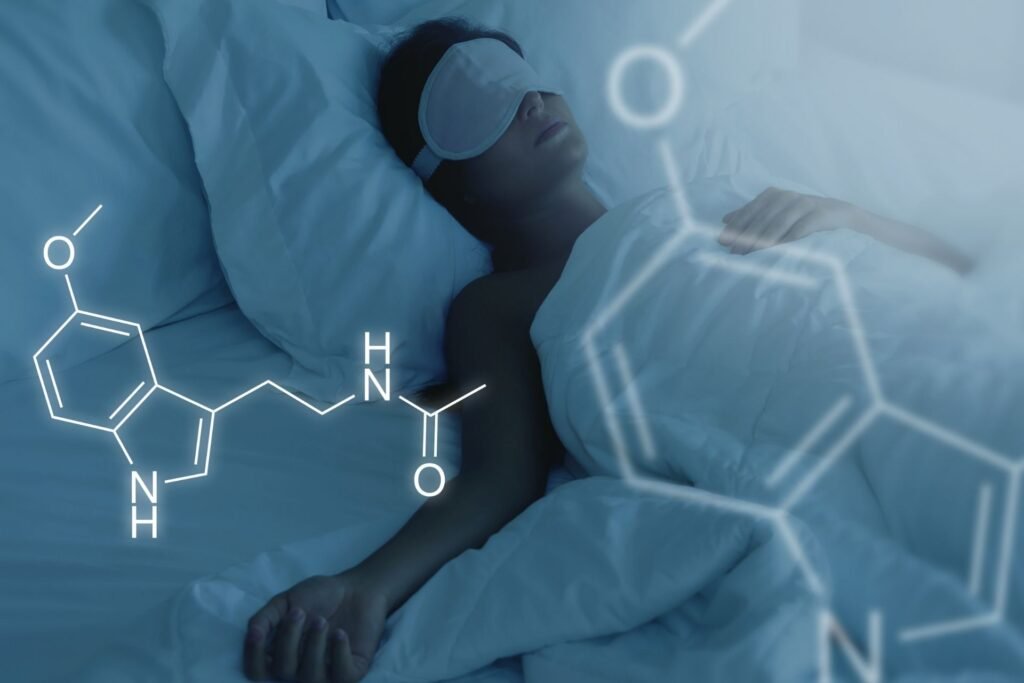
The timing of melatonin supplementation depends entirely on your travel direction and destination time zone. For eastward travel, take 0.5-1mg of melatonin at your destination bedtime for 3-4 days after arrival. For westward travel, take 3.0 mg of melatonin 1 hour after rising from bed in the 3-4 days prior to travel to help delay your circadian clock.
Melatonin has been more effective at treating eastward jet lag, and so might be more helpful on the outbound trip when taken close to the target bedtime. This directional difference occurs because melatonin primarily helps advance circadian rhythms rather than delay them, making it naturally better suited for eastward travel adjustment.
Quality matters significantly with melatonin supplements. Look for products that specify exact dosages (many contain far more than labeled amounts), use immediate-release rather than extended-release formulations, and have been third-party tested for purity. Pharmaceutical-grade melatonin produces more consistent results than health store varieties.
Pre-Travel Circadian Conditioning
The most effective jet lag prevention starts days before departure through strategic sleep schedule shifts that gradually align your circadian rhythms with your destination time zone. This proactive approach dramatically reduces adjustment time and often eliminates jet lag symptoms entirely.
For eastward travel, begin advancing your sleep schedule 3-4 days before departure by going to bed and waking up 30-60 minutes earlier each day. Combine this with morning light exposure immediately upon waking and evening light avoidance starting 3 hours before your new bedtime. By departure day, you should be sleeping close to your destination schedule.
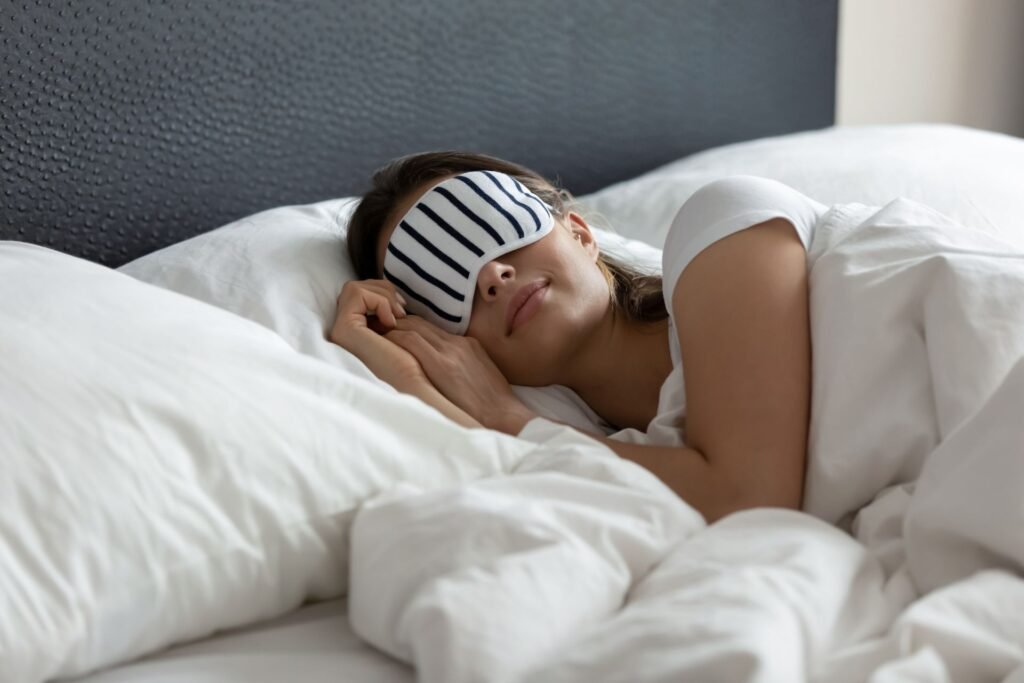
Westward travel requires the opposite approach: delay your sleep schedule by staying up and sleeping in 30-60 minutes later each day. Maximize evening light exposure, minimize morning light exposure, and take 3.0 mg of melatonin 1 hour after rising from bed during the 3-4 days prior to westward travel.
Adaptation to the destination time zone may be facilitated by shifting sleep toward the destination time zone in the days prior to the trip. This CDC recommendation reflects growing scientific consensus that pre-travel preparation provides more effective jet lag prevention than post-arrival recovery strategies.
The conditioning process works best when combined with meal timing adjustments. Eat breakfast closer to your destination breakfast time and avoid food during what will be nighttime at your destination. This meal timing helps reset peripheral circadian clocks that control metabolism and digestion.
Strategic Flight Scheduling and In-Flight Tactics
Flight timing can dramatically impact jet lag severity, yet most travelers choose flights based solely on convenience or price. Understanding how departure and arrival times affect circadian disruption helps you select flights that minimize adjustment difficulties.
For eastward travel, overnight flights that arrive in the morning at your destination work best because they allow you to stay awake during the destination’s daytime and sleep during nighttime. Avoid flights that arrive in the evening, as these force you to stay awake when your body expects to sleep.
Westward travel benefits from daytime flights that arrive in the evening at your destination. These flights let you maintain somewhat normal sleep patterns while gradually extending your day to match the destination time zone. Late evening arrivals can work well if you can sleep on the plane.
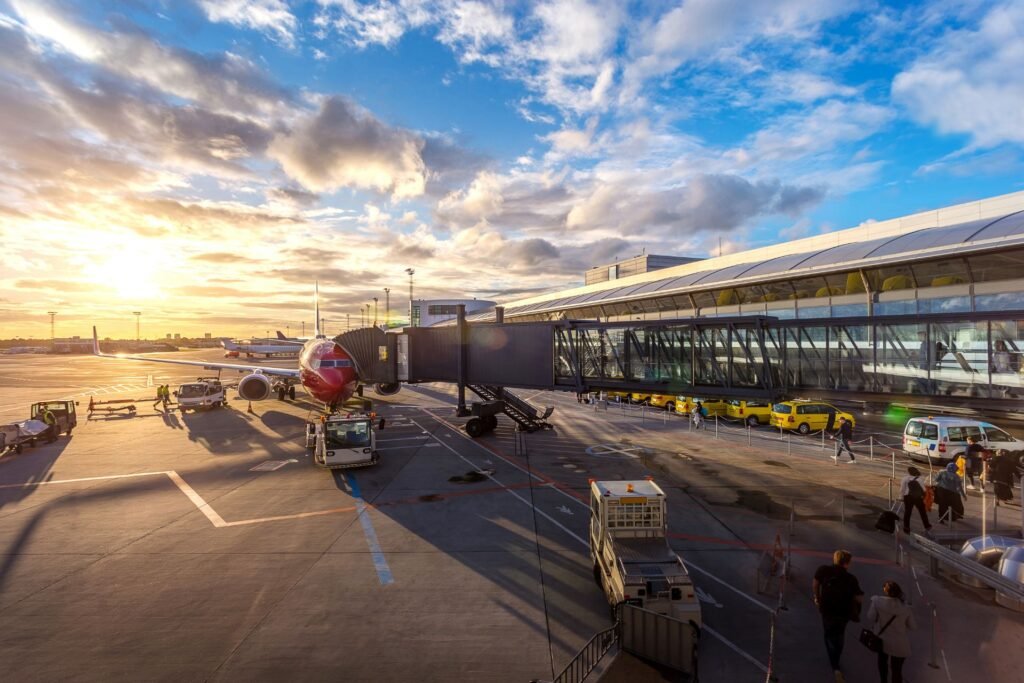
In-flight behavior significantly influences post-arrival adjustment. Set your watch to destination time immediately after boarding and begin thinking in destination time. Eat meals according to destination meal times rather than departure city schedules, even if this means eating breakfast at what feels like dinnertime.
Sleep management during flights requires strategic planning. For eastward overnight flights, try to sleep during what will be nighttime at your destination, using eye masks, earplugs, and comfortable clothing to maximize rest quality. For westward flights, stay awake during destination daytime hours and only sleep during destination nighttime.
Hydration plays a crucial role in minimizing travel fatigue, though it doesn’t directly affect circadian rhythms. Drink water consistently throughout the flight while avoiding alcohol, which disrupts sleep quality and can worsen jet lag symptoms. Caffeine can be strategic – use it to stay alert during destination daytime but avoid it within 6 hours of destination bedtime.
The Food and Timing Connection
Meal timing represents an underutilized but powerful tool for circadian adjustment that works independently of light exposure. Your digestive system contains peripheral clocks that respond to food intake patterns, and strategic eating can accelerate time zone adaptation.
The general principle involves eating substantial meals during destination meal times while fasting during destination sleep hours. This approach helps reset metabolic rhythms that influence overall circadian function. Begin adjusting meal times 2-3 days before travel to prime your system for the new schedule.
Protein timing affects alertness and energy levels throughout the day. Consume protein-rich breakfasts at your destination breakfast time to promote morning alertness, and emphasize carbohydrates in evening meals at your destination to support sleep onset. This macronutrient timing works with natural circadian fluctuations in hormone production.
The “jet lag diet” popularized in the 1980s involved alternating fasting and feasting days before travel, but modern research suggests simpler meal timing adjustments work just as well without the complexity. Focus on regular meal times aligned with your destination rather than elaborate dietary manipulations.
Avoid heavy meals within 3 hours of your destination bedtime, as late eating can disrupt sleep quality and delay circadian adjustment. This timing challenge requires planning, especially during the first few days when your appetite may not align with destination meal times.
Exercise and Physical Activity Strategies
Exercise timing influences circadian rhythms through temperature regulation, hormone production, and light exposure, making it a valuable tool for jet lag prevention when used strategically. However, the timing of exercise matters more than the type or intensity.
Morning exercise at your destination accelerates eastward adjustment by raising core body temperature and exposing you to natural light during optimal circadian advancement windows. Outdoor activities like walking, running, or cycling provide dual benefits of physical activity and light exposure.

Evening exercise can help with westward travel adjustment by extending your active period and delaying sleep onset. However, avoid intense exercise within 3 hours of bedtime, as this can interfere with sleep quality regardless of your circadian phase.
The social aspects of exercise provide additional benefits for jet lag recovery. Group activities, sports, or fitness classes create social cues that help reinforce new daily rhythms while providing opportunities to interact with locals and adapt to destination culture.
Swimming deserves special mention for travelers, as it provides excellent exercise while the pool environment typically offers good light exposure during daytime hours. Many hotels and destinations provide pool access, making swimming a practical exercise option during travel.
Technology and Apps That Actually Help
Modern technology offers legitimate tools for jet lag management, though separating effective apps from marketing gimmicks requires understanding the underlying science. The most useful applications help with light exposure timing, sleep scheduling, and meal planning rather than promising miracle cures.
Light therapy apps can remind you when to seek or avoid light exposure based on your travel itinerary and current time zone. Some apps control smart lighting systems to provide optimal light exposure indoors when natural sunlight isn’t available or appropriate.
Sleep tracking devices help monitor your adjustment progress and identify when your circadian rhythms have successfully shifted to the new time zone. Look for devices that track sleep onset, wake times, and sleep efficiency rather than just total sleep duration.
Meal timing apps can send reminders for eating and fasting periods aligned with your destination schedule. These tools prove especially helpful during the pre-travel conditioning phase when you’re adjusting meal times while still at home.
However, avoid apps that promise to eliminate jet lag through sound therapy, special frequencies, or other unproven methods. Stick with applications that support evidence-based strategies like light exposure timing, sleep scheduling, and meal planning.
Recovery Protocols for Severe Cases
Despite perfect preparation, some travelers still experience significant jet lag due to factors like illness, stress, multiple time zone changes, or individual circadian rhythm variations. Severe cases require more aggressive recovery protocols that accelerate the natural adaptation process.
Extended light therapy sessions using therapeutic light boxes (10,000 lux) for 30-60 minutes during optimal timing windows can reset stubborn circadian rhythms faster than natural light alone. Medical-grade light therapy devices produce consistent results when used correctly.
Sleep restriction therapy, borrowed from insomnia treatment, can help reset sleep patterns when jet lag persists beyond normal recovery periods. This technique involves limiting time in bed to actual sleep time, gradually extending sleep opportunity as circadian rhythms stabilize.
Professional consultation may be necessary for frequent travelers, shift workers, or individuals with persistent jet lag symptoms lasting more than two weeks. Sleep medicine specialists can provide personalized protocols based on individual circadian preferences and travel patterns.
Short-term prescription sleep aids might be appropriate for severe cases, but these should be used under medical supervision and for limited durations. Medications can provide temporary relief while circadian adjustment occurs naturally, but they don’t accelerate the underlying adaptation process.
Special Considerations for Different Travel Scenarios
Business travelers face unique challenges because work obligations often prevent ideal jet lag prevention strategies. However, modified protocols can still provide significant benefits within professional constraints.
Multiple time zone travel, such as around-the-world trips, requires different strategies than simple east-west journeys. Plan major stops at 6-8 hour intervals to allow partial adaptation before continuing, and prioritize the most important destinations for full circadian adjustment.
Families traveling with children need age-appropriate modifications to standard jet lag protocols. Children’s circadian rhythms may adjust faster or slower than adults, and meal timing often proves more effective than light therapy for pediatric travelers.
Senior travelers often experience more severe jet lag due to age-related changes in circadian rhythm flexibility. Extended pre-travel conditioning periods and gentler adjustment protocols work better than aggressive rapid reset strategies.
Travelers with sleep disorders, depression, or other medical conditions should consult healthcare providers before implementing jet lag prevention protocols, as some strategies may interact with existing treatments or worsen underlying conditions.
The Economic Case for Jet Lag Prevention
Beyond health and comfort benefits, effective jet lag prevention provides measurable economic advantages for both leisure and business travelers. Business travelers lose an estimated 2-3 days of productivity for every eastward time zone crossed, representing significant costs for companies and individuals.
Vacation travelers who master jet lag prevention enjoy more of their limited travel time instead of spending the first half of their trip recovering from the journey. This time savings becomes especially valuable for short international trips where jet lag can consume most of the available vacation days.
The costs of jet lag prevention – light therapy devices, melatonin supplements, and flight timing premiums – typically represent tiny fractions of total travel expenses while dramatically improving the travel experience. Most strategies require only time and planning rather than expensive purchases.
Healthcare costs associated with severe jet lag, including prescription sleep aids, medical consultations, and treatment for related health issues, often exceed the modest investments required for science-based prevention strategies.
Long-Term Health Implications
Frequent jet lag exposure carries health risks beyond temporary discomfort. Circadian misalignment can lead to metabolic, cardiovascular, psychiatric, and neurological symptoms that compound with repeated exposure.
Regular business travelers and flight crews show higher rates of certain cancers, metabolic disorders, and cardiovascular disease, though multiple factors contribute to these outcomes. However, chronic circadian disruption appears to play a significant role in these health risks.
Implementing consistent jet lag prevention strategies may provide long-term health benefits beyond improved travel experiences. Maintaining circadian rhythm stability supports immune function, metabolic health, and cognitive performance throughout life.
The emerging field of chronotherapy suggests that optimizing circadian rhythms through strategic light exposure, meal timing, and sleep scheduling may prevent age-related decline in circadian function and associated health problems.
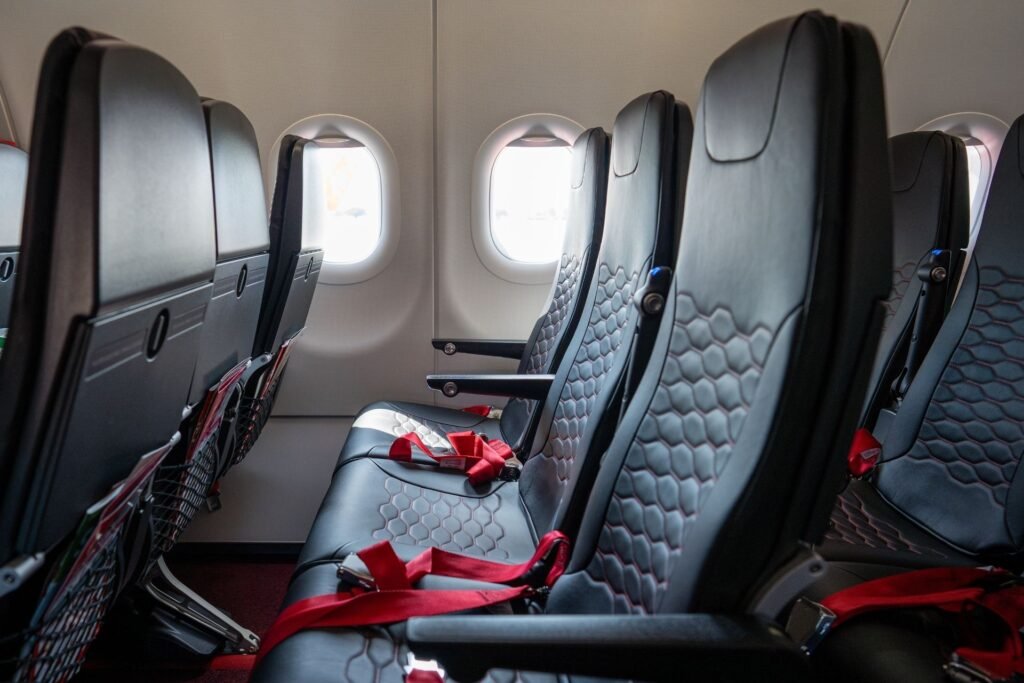
Making Jet Lag Optional
The science is clear: jet lag doesn’t have to be an inevitable consequence of international travel. Recent discoveries about circadian rhythm regulation have identified specific mechanisms that control our internal biological clocks, providing new targets for intervention strategies.
The most effective approach combines pre-travel conditioning, strategic light exposure, precise melatonin timing, and meal schedule adjustments tailored to your specific travel direction and destinations. This multi-faceted strategy addresses all the major factors that contribute to circadian misalignment.
Success requires planning and commitment, but the techniques themselves are straightforward and based on solid scientific evidence. The investment in learning and applying these strategies pays dividends through improved travel experiences, better health outcomes, and enhanced productivity.
Perhaps most importantly, mastering jet lag prevention transforms international travel from an ordeal into pure adventure. When you can step off long-haul flights feeling refreshed and ready to explore, the world becomes more accessible and travel becomes the enriching experience it should be rather than a test of endurance.
The choice is yours: accept jet lag as inevitable, or apply science-backed strategies that make it optional. The research exists, the techniques work, and the benefits extend far beyond just feeling better after flights. In an increasingly connected world where international travel becomes more common and necessary, these skills represent essential knowledge for anyone serious about exploring our planet effectively and healthily.


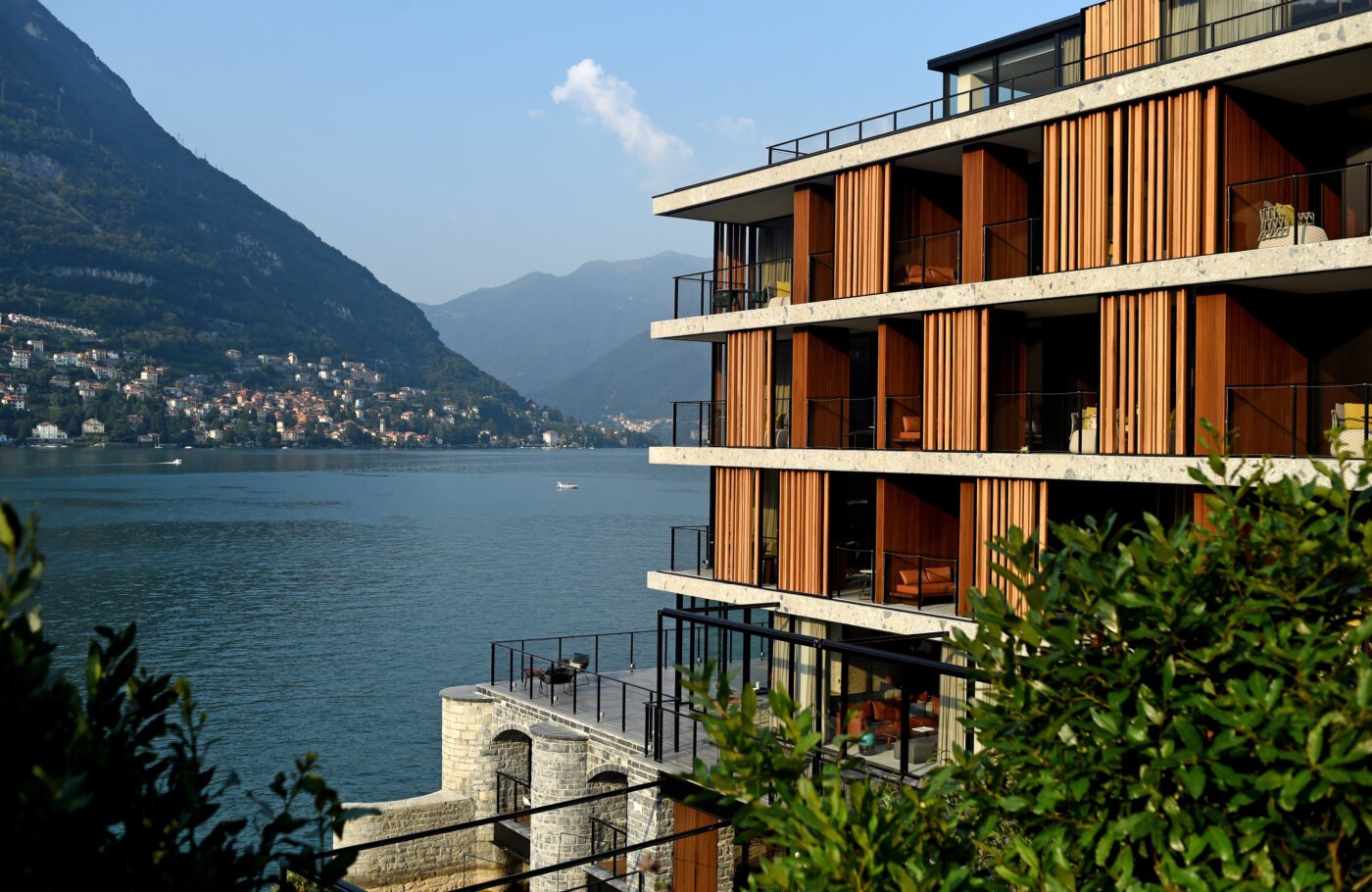

Leave a Reply